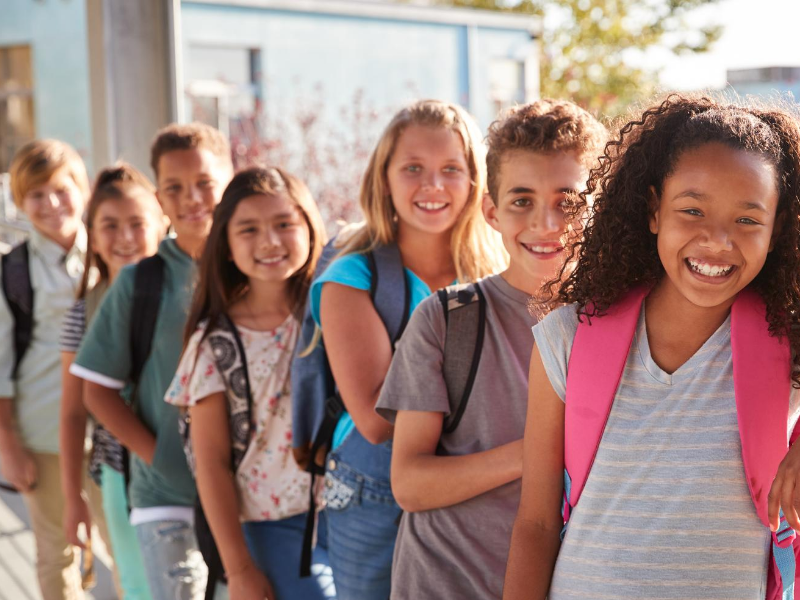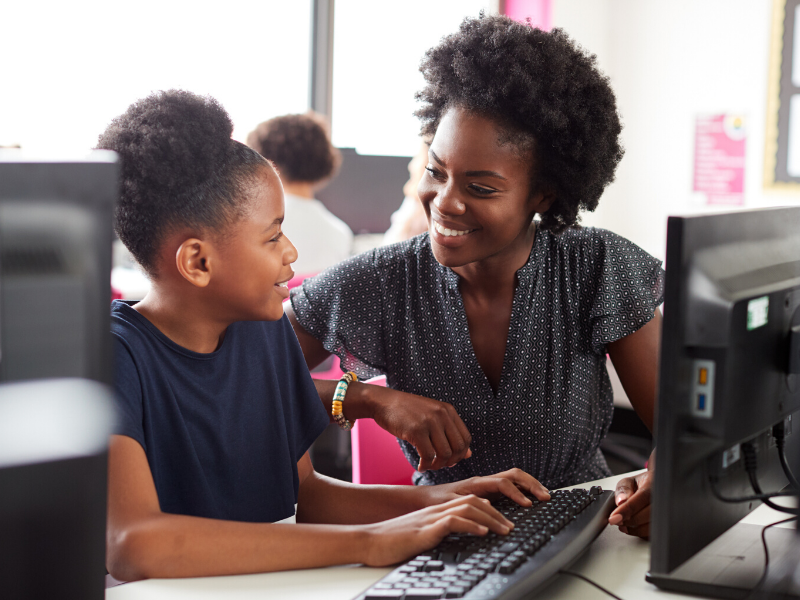The monthly spending for food stamp benefits in Georgia nearly doubled since before the start of the pandemic. Surprisingly, only 45.3 percent of the increased spending is due to increased participation. The remaining 54.7 percent is due to enhanced benefits.
Congress Makes a New Food Stamp Rule
On March 18th, the U.S. Senate passed H.R. 6201 that the U.S. House of Representative passed just four days prior. President Donald J. Trump signed the bill that same day, making the Families First Coronavirus Response Act (P.L. 116-127) the second federal law to address the looming pandemic.
The food stamp provisions in the law suspended work and work-training requirements and allowed states to request waivers to give recipients the maximum allotment for the Supplemental Nutrition Assistance Program (SNAP), the official name of the food stamp program.
Along with all other states, Georgia requested and received a pandemic-SNAP waiver—P-SNAP for short. P-SNAP lasts as long as there is a declared health emergency by the Secretary of Health and Human Services, and the waivers are renewed on a monthly basis.
Here is what it means in practice: Currently, all households of the same size receive the exact same food stamp allotment. An eligible single mom with one child receives $374 a month in food stamp benefits, the same amount as every other eligible two-person household in Georgia, no matter what income the household earns. It does not matter if the single mom has no income or makes $22,400 annually, which is just below the gross income limit. She still receives $374 each month in benefits.
Likewise, an eligible four-person household currently receives $680 each month no matter if the household has no income or $34,000 in income, which is also just below the gross income limit.
During normal times, DFCS calculates net income of the household by subtracting several deductions and allowances from a household’s gross income. Then, to determine the amount of the benefit, DFCS subtracts 30 percent of the calculated net income from the maximum allotment.
Benefits and Costs
The number of Georgia households participating in the food stamp program was 626,808 in February 2020. As of September, that total was 905,949 households—a 44.5 percent increase. The number of persons participating increased from 1,342,624 to 1,862,486 for a 38.7 percent increase.
The regular issuance of food stamp benefits followed the increase in household participation. It increased from $163,247,601 to $236,170,166—a 44.7 percent increase. Although the average fluctuated as much as $10.58 on a month-to-month basis, the average household benefit was $260.44 in February compared to $260.69 in September, which are almost identical.
However, P-SNAP enhanced the size of the payments to the participants. When combined with the regular issuance, the total benefits in September were $324,169,118 for a 98.6 percent increase, increasing the average household benefit to $357.82. Note that these numbers do not include $100,385,379 for free and reduced price school lunches in September that were funneled through the Electronic Benefit Transfer cards that are used to issue the food stamp benefits.








